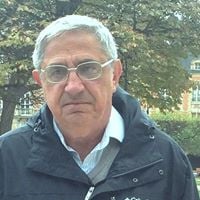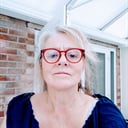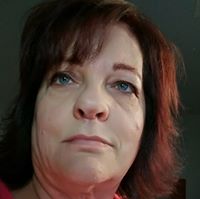Whom did the English mechanical engineer Charles Babbage nickname "The Enchantress of Number”?
Augusta Ada King (1815-1882), the Countess of Lovelace, or “The Enchantress of Number”, as the polymath Charles Babbage (1791-1871) called her, went against social norms to study mathematics and receive the accolade of the first computer programmer. Generally, but incorrectly, known as Ada Lovelace, the first computer programmer is gradually earning recognition in the 21st century. In 2009, the non-profit organisation 'The Ada Initiative' marked the second Tuesday of October as the annual Ada Lovelace Day. The goal of this event is to “raise the profile of women in science, technology, engineering, and maths,” particularly those written out of history.
The Honorable Augusta Ada Byron was the daughter of Lord George Gordon Byron (1788-1824), the renowned poet and politician. Ada’s mother insisted she receive lessons in maths and science because she feared her daughter becoming an “insane” poet like her husband. Ada had many tutors for mathematics and science, including Mary Somerville (1780-1872), the Scottish researcher and scientific author, who introduced Ada to Charles Babbage, who was working on a machine dubbed as the world's first computer.
Babbage’s machine only used numbers, but Ada believed these digits could represent other entities, such as music tones and letters. The machine was never constructed, so Ada’s theory has not been tested. Yet, 100 years after Ada expressed the idea, computer scientists developed the modern computer using a similar approach.
More Info:
en.wikipedia.org








